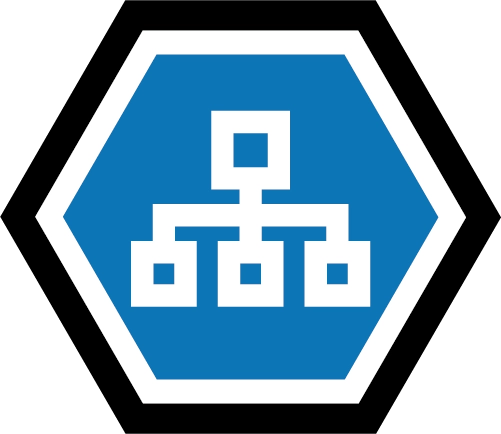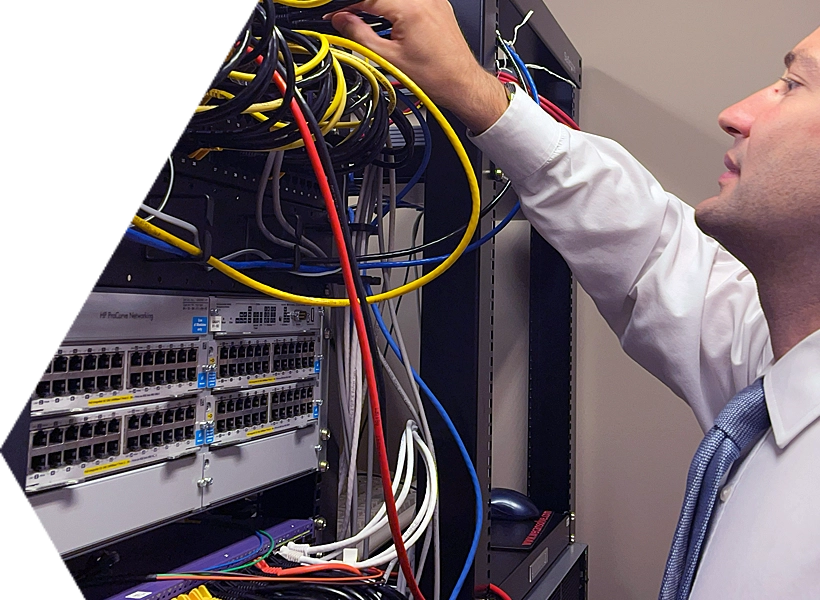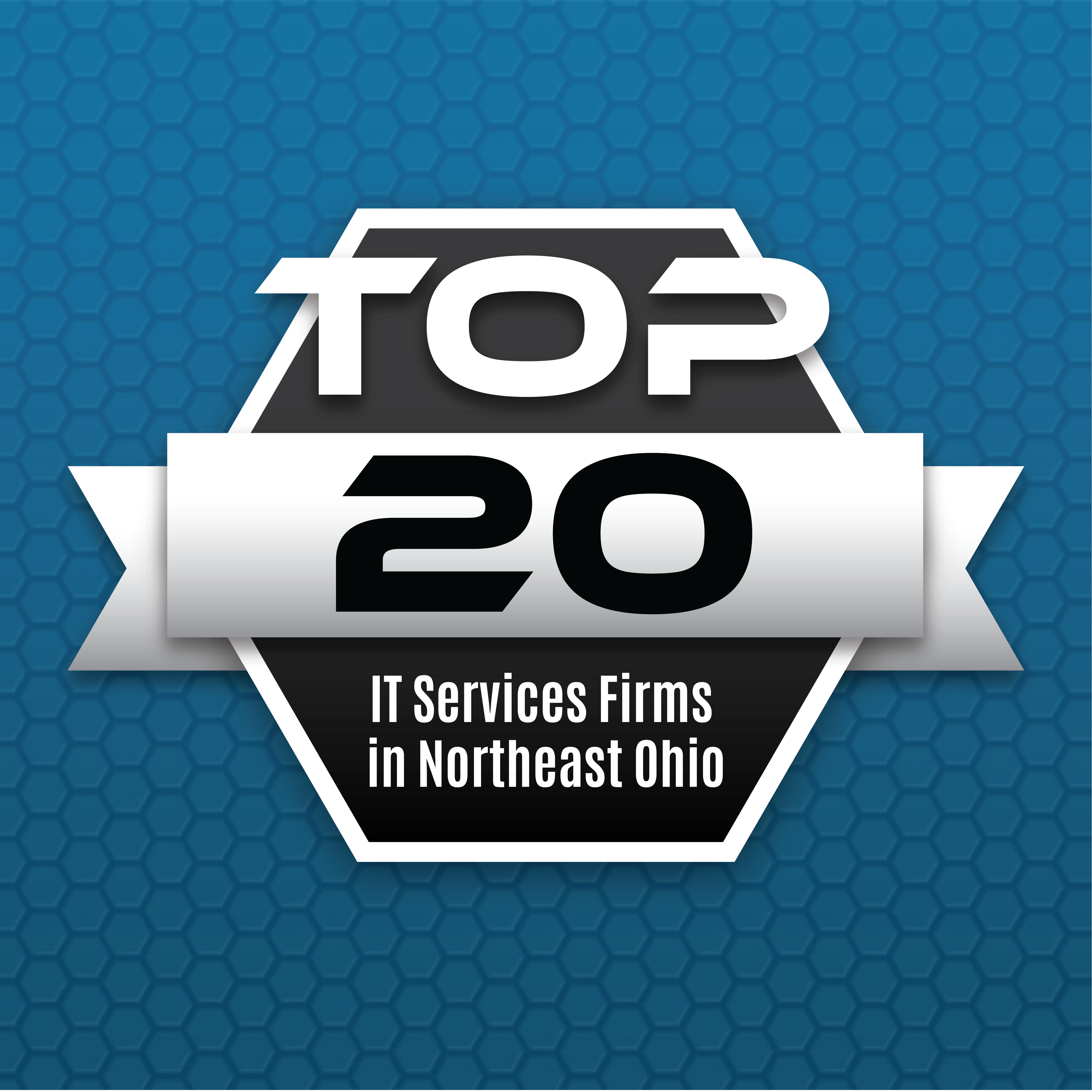The Importance of LAN and WAN Networking

Having a well-designed and properly functioning LAN and WAN network is crucial for any business. A reliable network allows for efficient communication and collaboration between employees, and provides access to important data and resources. In addition, a robust LAN and WAN network infrastructure can help increase productivity, enhance security, and reduce downtime.
Understanding LAN and WAN Networking
Local Area Networks (LANs) and Wide Area Networks (WANs) are the two main types of computer networks. LANs connect computers and devices in a small geographic area, such as an office building or a single campus, while WANs connect LANs and other types of networks across larger geographic areas, such as multiple offices in different cities or even countries.
The Importance of LAN and WAN Networking
Having a well-designed and properly functioning LAN and WAN network is crucial for any business. A reliable network allows for efficient communication and collaboration between employees, and provides access to important data and resources. In addition, a robust LAN and WAN network infrastructure can help increase productivity, enhance security, and reduce downtime.
Our LAN and WAN Networking Services
At Palitto Consulting, we offer a wide range of LAN and WAN networking services to meet the unique needs of your business. Our services include:
- Network design and implementation
- Network security and firewall protection
- Wireless network setup and management
- Network performance optimization
- Disaster recovery planning
The Benefits of Working with Palitto Consulting
When you choose Palitto Consulting for your LAN and WAN networking needs, you can expect:
- Expert knowledge and experience: Our team of certified network engineers have extensive experience in designing, implementing, and managing LAN and WAN networks for businesses of all sizes.
- Customized solutions: We understand that every business is unique, and we work closely with you to develop a tailored solution that meets your specific needs and goals.
- Proactive support: Our team is available 24/7 to provide ongoing support and ensure that your network is running smoothly.
- Scalability and flexibility: As your business grows and evolves, we can help you scale and adapt your LAN and WAN network to meet your changing needs.





